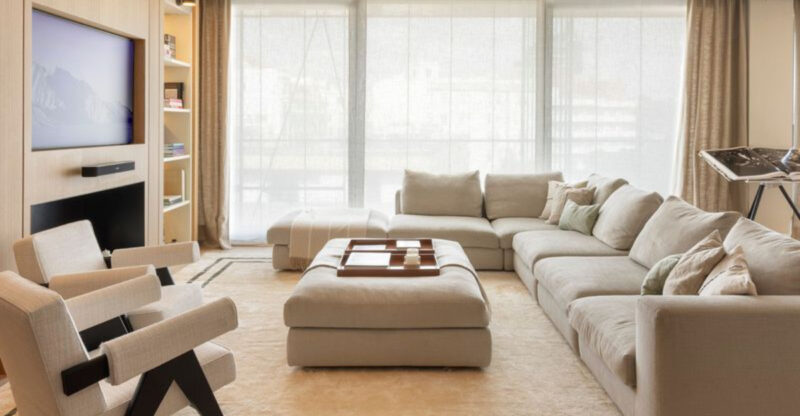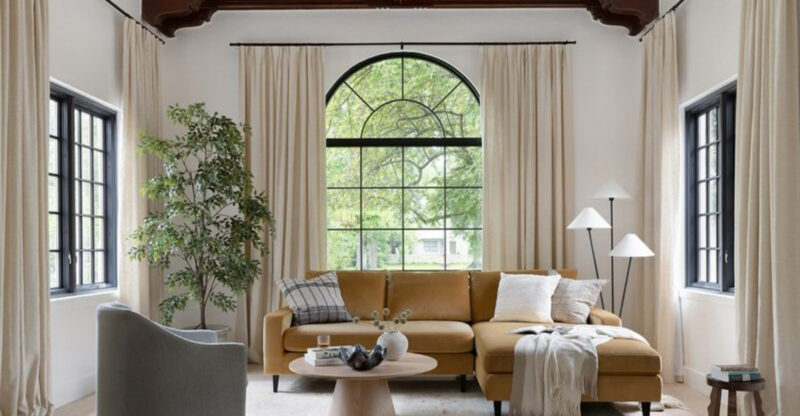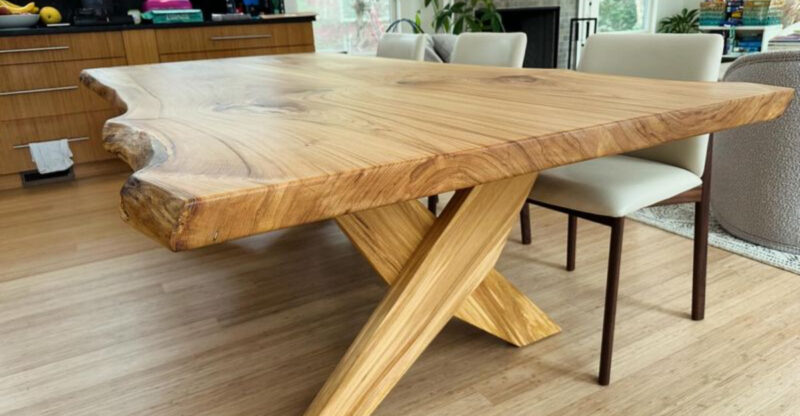20 Couch Styles That Are So Cringe, According to Designers
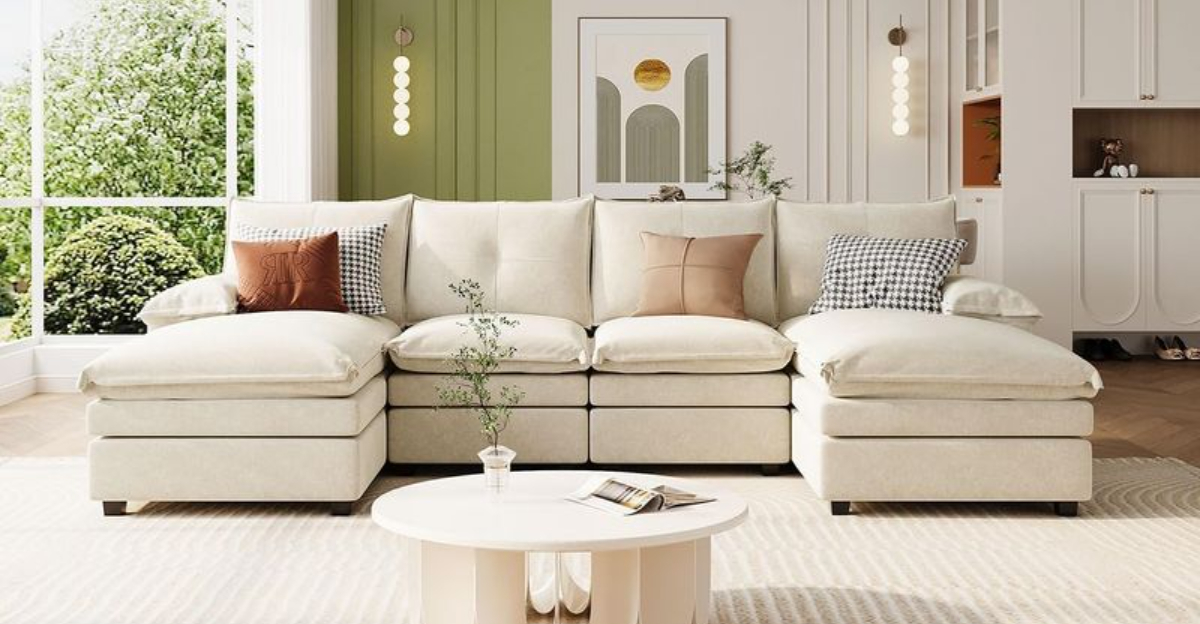
Your living room’s centerpiece speaks volumes about your style sensibility. While some couches stand the test of time, others make professional designers wince the moment they walk through your door.
From overused patterns to questionable shapes, these sofa faux pas might be lurking in your home right now – and interior design experts aren’t holding back their opinions.
1. Overstuffed Reclining Sectionals
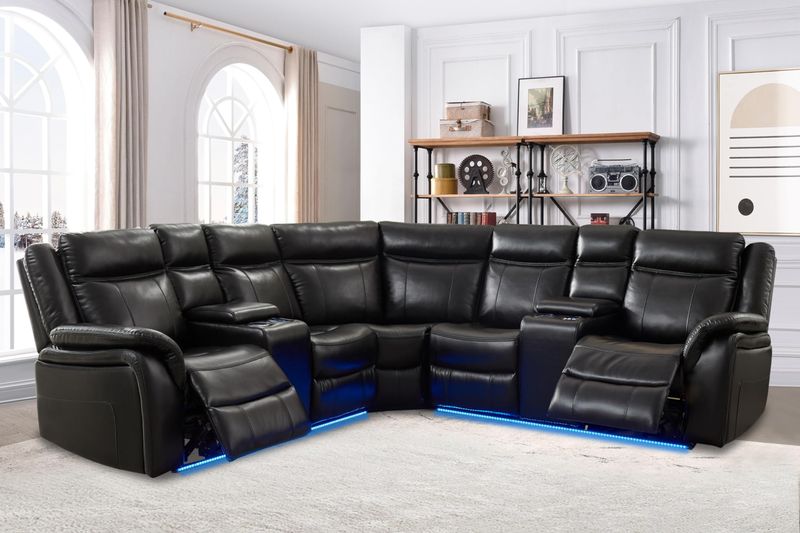
Nothing screams “I prioritize naps over aesthetics” quite like these bulky behemoths. Overstuffed reclining sectionals dominate rooms with their excessive padding and multiple cupholders.
While comfort matters, designers suggest slimmer profiles that don’t overwhelm your space. The cup holders and built-in phone chargers aren’t doing you any style favors either.
2. Plastic-Covered Formal Sofas
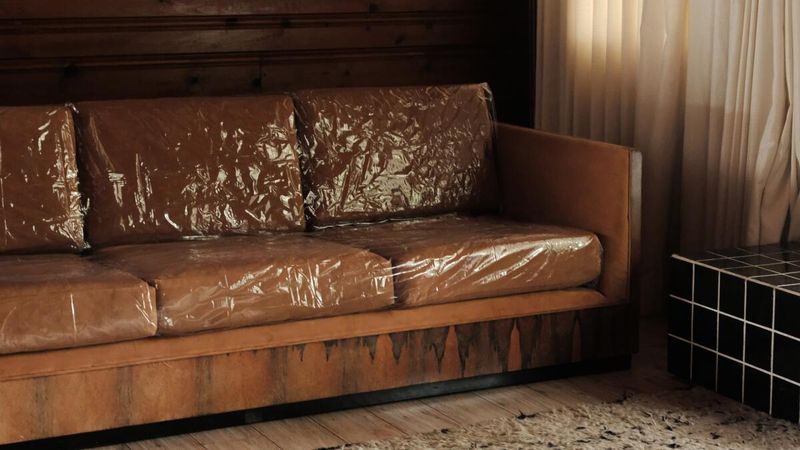
Grandma’s method of furniture preservation lives on in some homes, much to designers’ dismay. The squeaky, sticky sensation against bare legs is the universal childhood memory nobody wants to recreate.
These plastic-wrapped formal sofas communicate that your furniture is too precious for actual use. Contemporary design embraces livable spaces with washable, durable fabrics instead of plastic barriers.
3. Inflatable Furniture
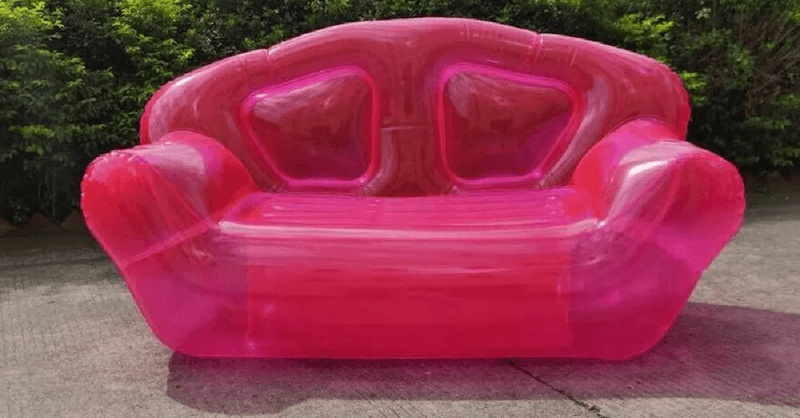
The dorm room staple has no place in adult homes, according to design professionals. Beyond looking cheap, these air-filled seats offer zero support and constantly leak, requiring regular re-inflation. Inflatable furniture pieces inevitably develop that tacky plastic smell and sticky feeling.
Even budget-conscious designers recommend investing in actual furniture rather than these temporary, squeaky solutions.
4. Matching Sofa-Loveseat-Chair Sets
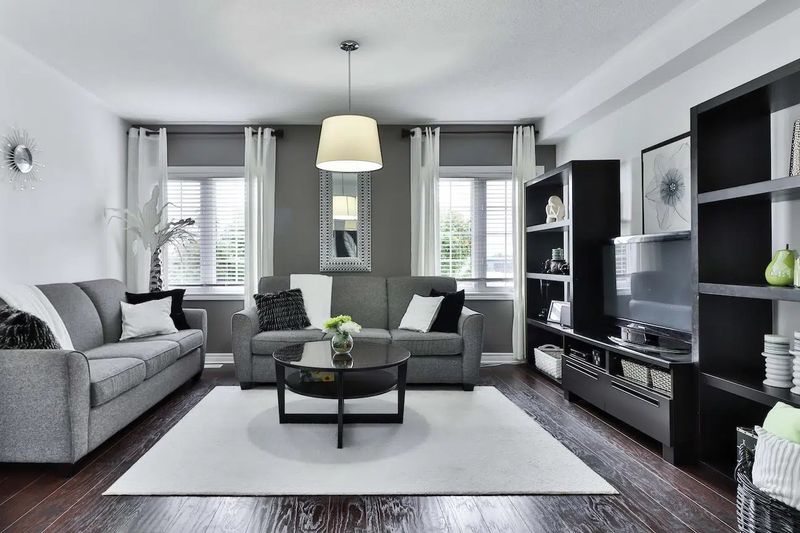
Straight from the showroom floor, these identical triplets scream “I bought everything at once without thinking.” The matchy-matchy approach feels formulaic and lacks personality or thought.
Designers recommend mixing complementary pieces instead. Matching sets give off furniture store display vibes rather than curated home energy. Creating thoughtful combinations shows confidence in your personal style.
5. Ornate Victorian Reproductions
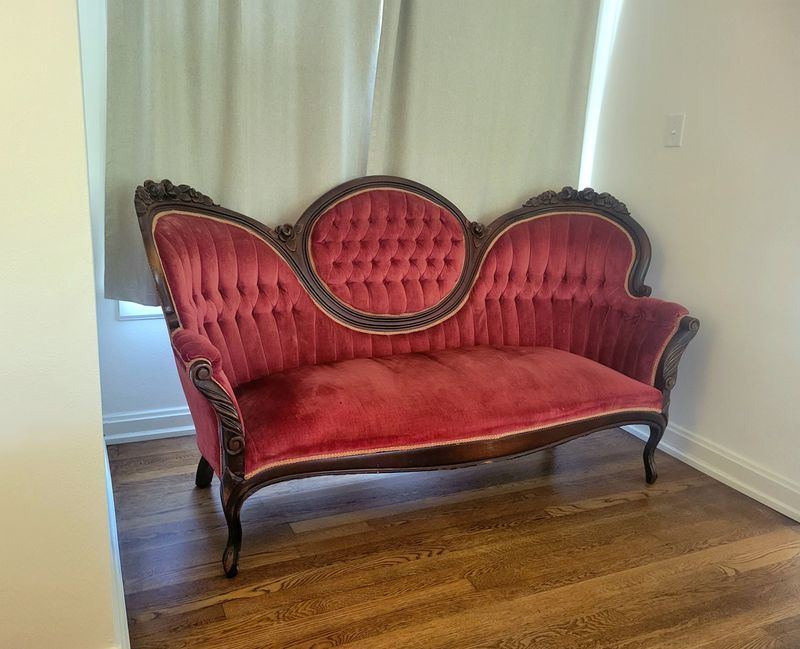
Heavy carved wood frames topped with tufted velvet upholstery create an overwhelming visual in modern homes. These imposing pieces frequently clash with contemporary architecture and other furnishings.
Victorian reproduction sofas attempt grandeur but often miss the mark with their mass-produced details. Unless you’re living in a period-appropriate home, designers suggest leaving these ornate pieces to museums and movie sets.
6. Futons With Metal Arms
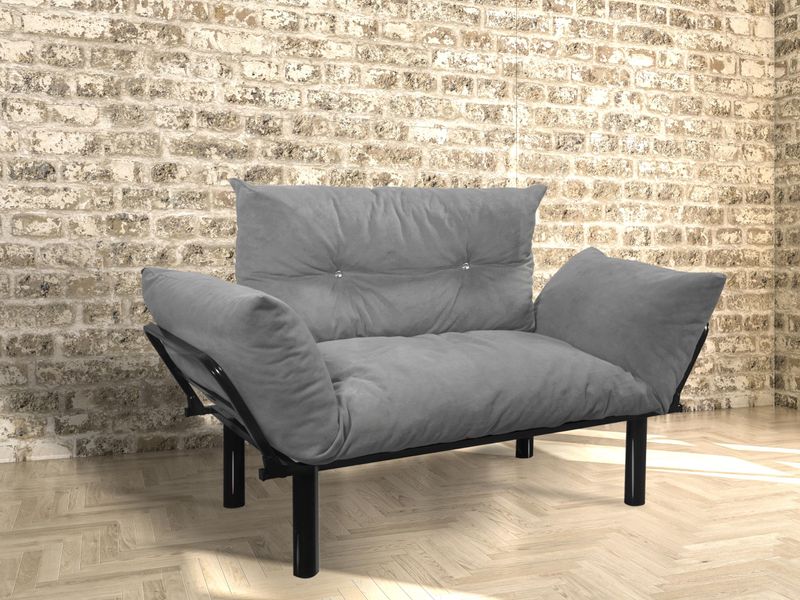
College apartments everywhere feature these uncomfortable, creaky contraptions. The thin mattress provides minimal cushioning while the metal arms dig into your side during movie night. Futons with exposed metal frames telegraph temporary living arrangements.
Professional designers note that even budget-friendly sleeper sofas offer more comfort and style than these dormitory leftovers that pinch fingers during conversion.
7. Leather Recliners With Cup Holders
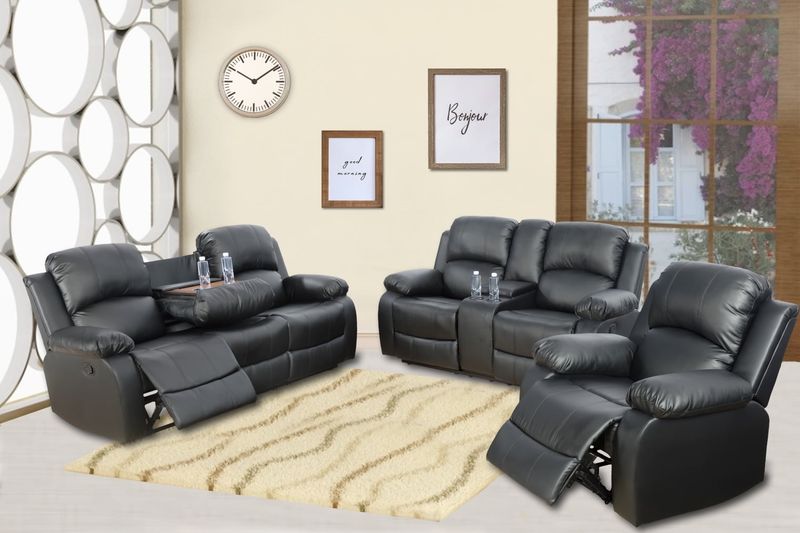
Man cave aesthetic rarely translates to sophisticated design. The built-in drink holders, hidden compartments, and electronic controls signal function over form in the worst way possible.
These leather recliners with cup holders prioritize convenience at the expense of style. Designers suggest separate side tables for beverages and sleeker seating options that don’t resemble spacecraft command centers with their multiple buttons.
8. Southwestern Print Sleeper Sofas
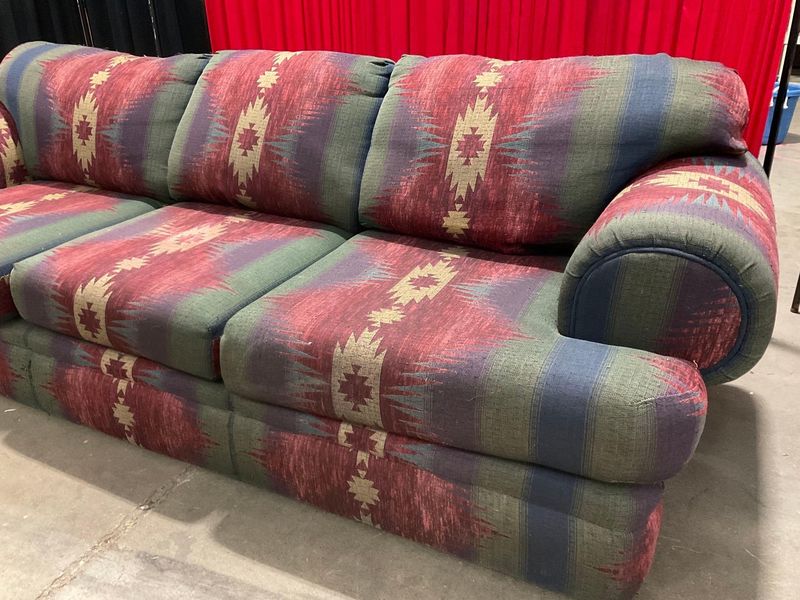
Bold geometric patterns in turquoise, orange and brown dominated vacation rentals decades ago. Now they just look dated and theme-y in the worst way possible. Southwestern print sleeper sofas feel like relics from a 90s time capsule.
Design experts recommend subtle nods to regional style through accessories rather than committing to such a specific look for your largest furniture piece.
9. Pleather Anything
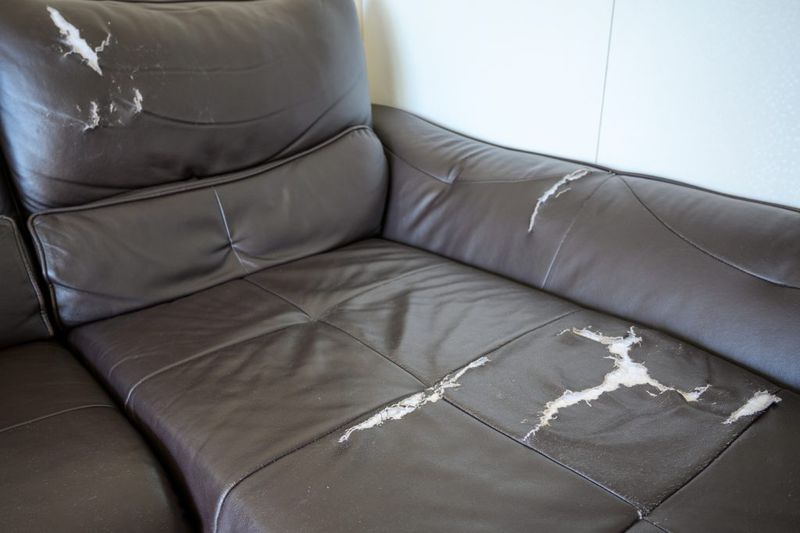
Sticky in summer and cracking by winter, this budget material fools absolutely no one. The shiny finish and inevitable peeling corners reveal the truth about your “leather” investment.
Pleather couches rarely age gracefully, developing that distinct artificial smell over time. Designers recommend either investing in genuine leather or choosing honest fabric upholstery rather than this unconvincing impersonator.
10. Oversized Chenille Sectionals
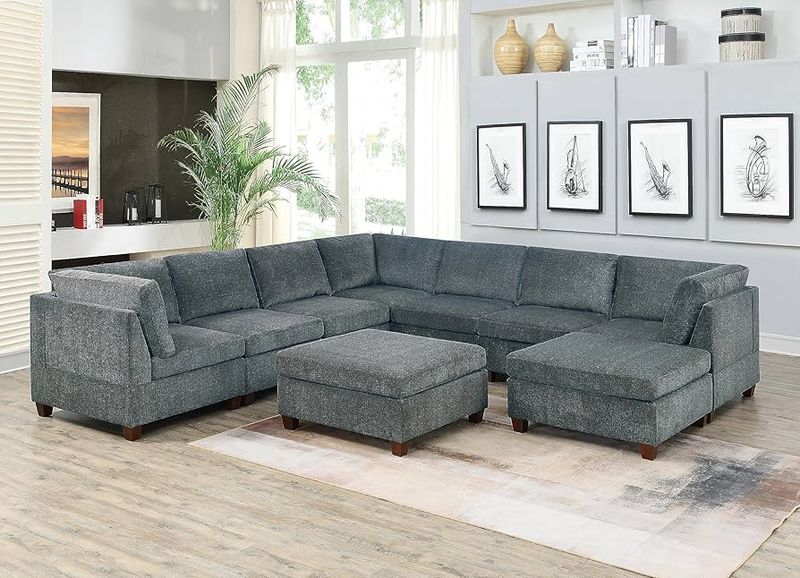
Bulky and overwhelming, these textured giants swallow rooms whole with their massive footprint. The fuzzy fabric collects pet hair and crumbs with remarkable efficiency. Chenille sectionals in neutral tones quickly look dingy despite your best cleaning efforts.
Design professionals suggest more streamlined seating arrangements that don’t dominate the visual space or become pet hair magnets.
11. Novelty Shaped Sofas

From lips to high-heeled shoes, these conversation pieces quickly become the conversation you’d rather not have. The initial whimsy fades faster than you might expect.
Novelty shaped sofas sacrifice comfort for concept and rarely integrate well with other furnishings. Designers recommend expressing personality through art and accessories rather than committing to furniture that literally shapes your entire room’s identity.
12. Shiny Velvet in Jewel Tones
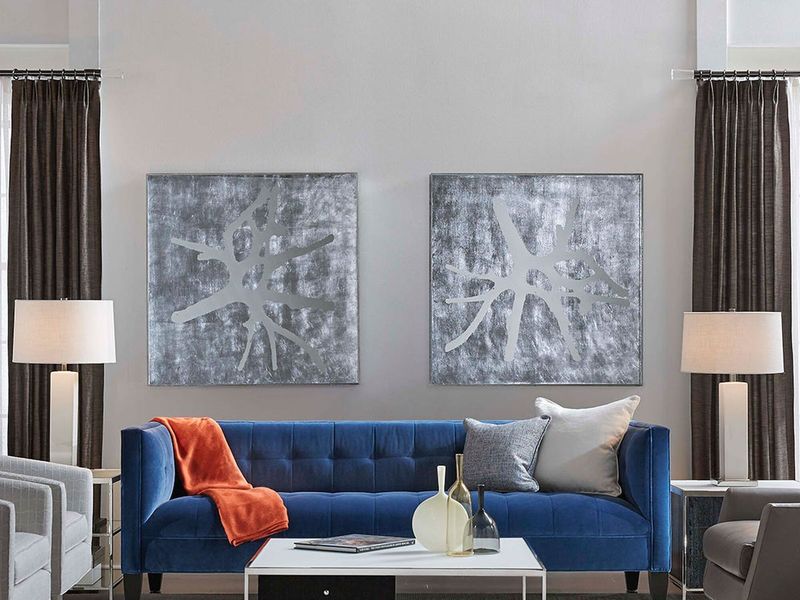
The lustrous finish catches every bit of light – and every fingerprint, pet hair, and dust particle. Initially glamorous, these vibrant sofas quickly become high-maintenance divas in your living space. Shiny velvet upholstery shows wear patterns almost immediately.
Interior design professionals suggest matte velvet or textured fabrics in rich colors if you’re drawn to jewel tones but want something more practical.
13. Wicker Indoor Sofas
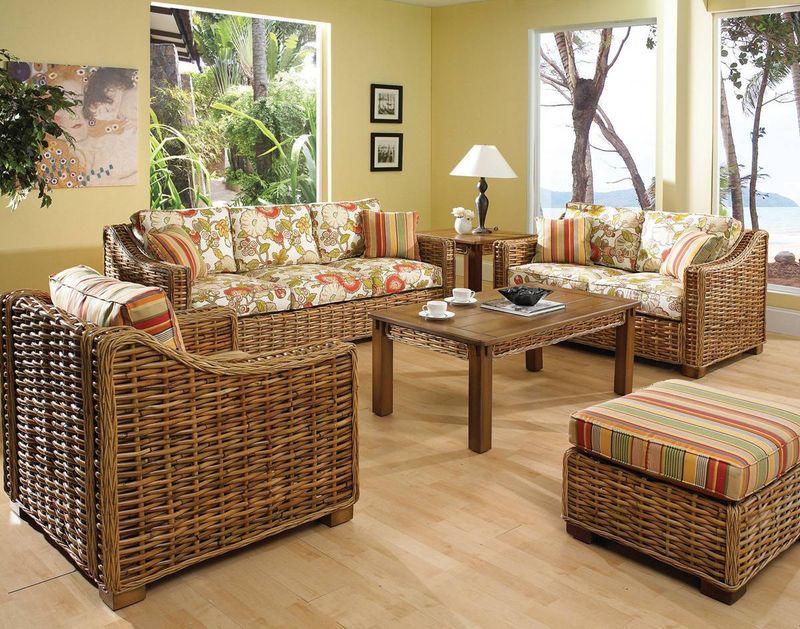
Better suited for porches than living rooms, these textured seating options create uncomfortable pressure points and snag clothing. The natural material deteriorates quickly in dry indoor environments. Wicker indoor sofas often creak and break under normal use.
Designers recommend keeping wicker for outdoor spaces and choosing properly constructed indoor furniture that won’t leave imprints on the backs of your thighs.
14. Glass And Chrome Conversation Pits
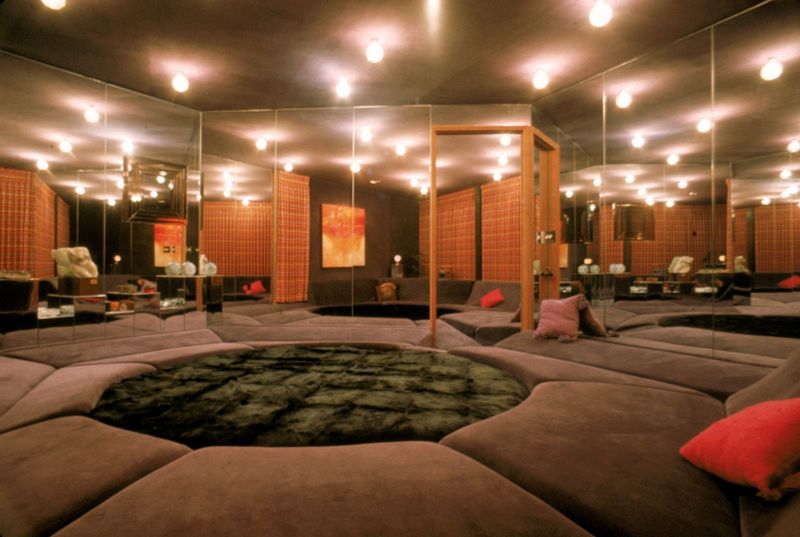
Attempting futuristic vibes, these angular arrangements feel cold and unwelcoming. The hard surfaces reflect sound, creating echo chambers for every conversation.
Glass and chrome conversation pits prioritize a specific aesthetic over comfort or practicality. Design experts note these pieces show fingerprints constantly and create hazards in homes with children or pets.
15. Overly Tufted Chesterfields
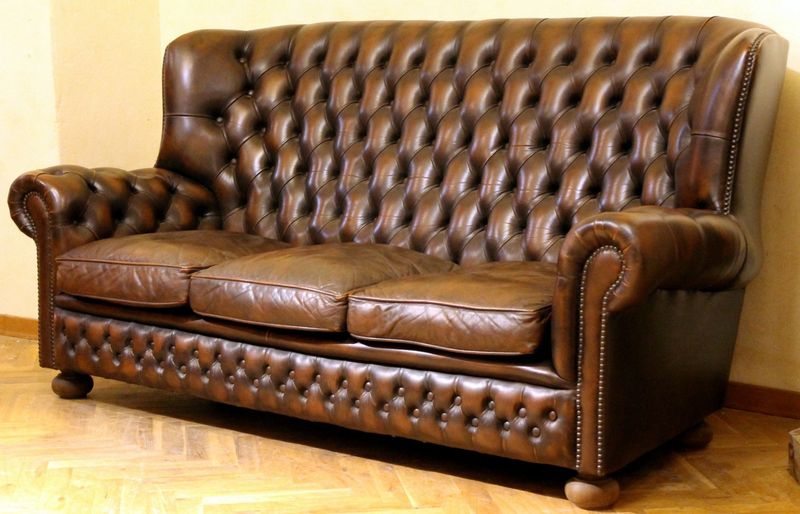
When the button count exceeds the comfort level, you’ve gone too far. These excessively dimpled surfaces create uncomfortable seating experiences where every button presses against your back.
Traditional Chesterfields can be elegant, but overly tufted versions sacrifice function for form. Designers recommend more moderate tufting that adds visual interest without creating a lumpy, button-filled sitting experience.
16. Microfiber Suede In Beige
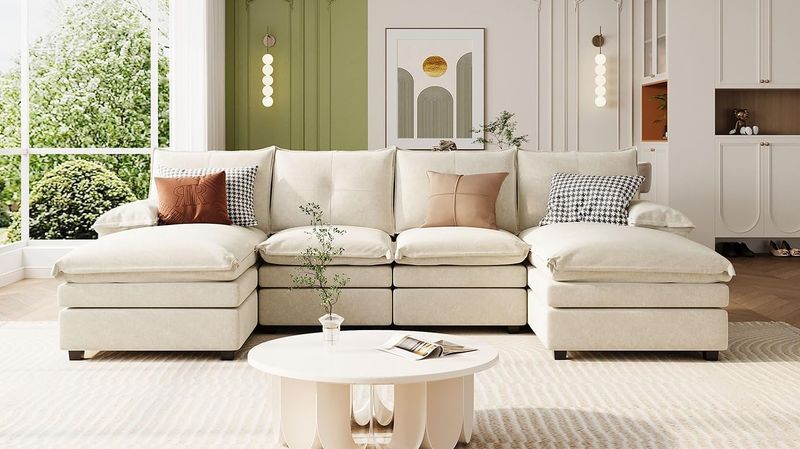
Remember the early 2000s when everyone had one? That era should stay firmly in the past. The fabric collects dust, shows every fingerprint, and creates those awkward “drawings” when someone runs their hand across it.
Microfiber suede couches quickly look dated and worn, no matter how carefully you maintain them. Modern designers prefer natural fabrics with texture and character.
17. Animal Print Everything

The living room shouldn’t resemble a safari expedition. Zebra, leopard, and tiger patterns overwhelm spaces and rarely complement other design elements in your home. Animal print sofas quickly become the focal point whether you intended them to be or not.
Interior designers suggest incorporating these bold patterns through smaller accessories that can be easily changed when trends shift.
18. Faux Distressed Leather

Factory-made wear marks fool absolutely no one with their perfectly symmetrical patterns. The artificial aging process often looks calculated rather than naturally developed through years of use. Faux distressed leather sofas attempt character but achieve costumery instead.
Design professionals prefer either genuine aged leather with authentic patina or new pieces allowed to develop character naturally over time.
19. Plastic Modular Seating
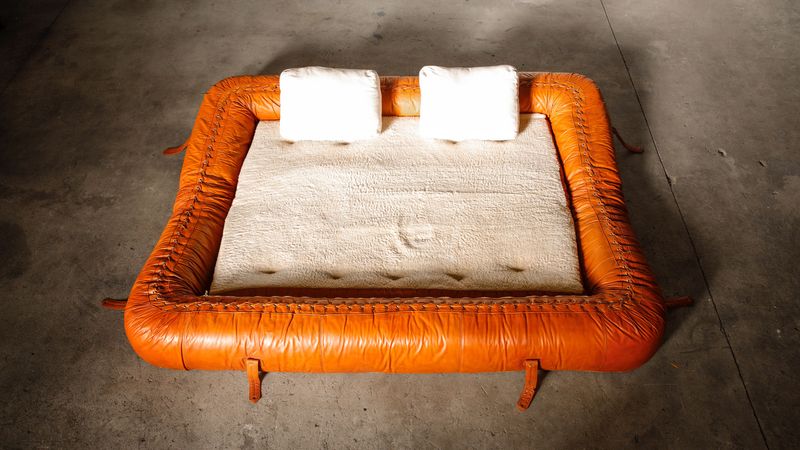
Attempting to channel 1960s space-age design, these molded plastic pieces sacrifice comfort for a specific aesthetic. The slick surfaces cause constant sliding and sweating against bare skin.
Plastic modular seating arrangements prioritize looks over livability. Interior designers note these pieces often chip or yellow over time, and the connecting mechanisms frequently break with regular use.
20. Papasan Frame Couches

Expanded beyond their original chair design, these bowl-shaped seating options become impractical for actual conversation or TV watching. The curved frame forces awkward postures and makes getting in and out a genuine challenge.
Papasan frame couches might seem fun and casual but quickly become ergonomic nightmares. Designers recommend keeping these distinctive shapes as occasional seating rather than primary living room furniture.

